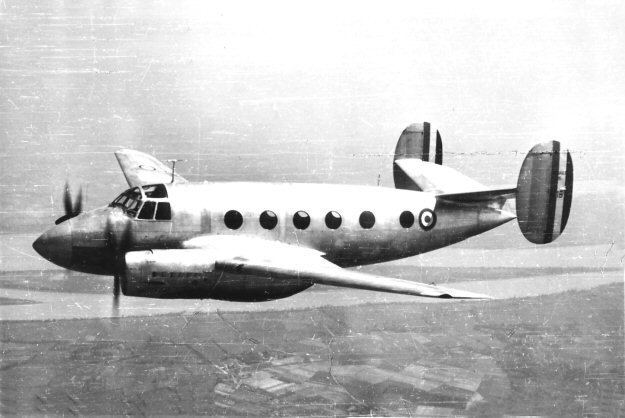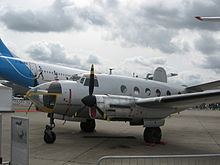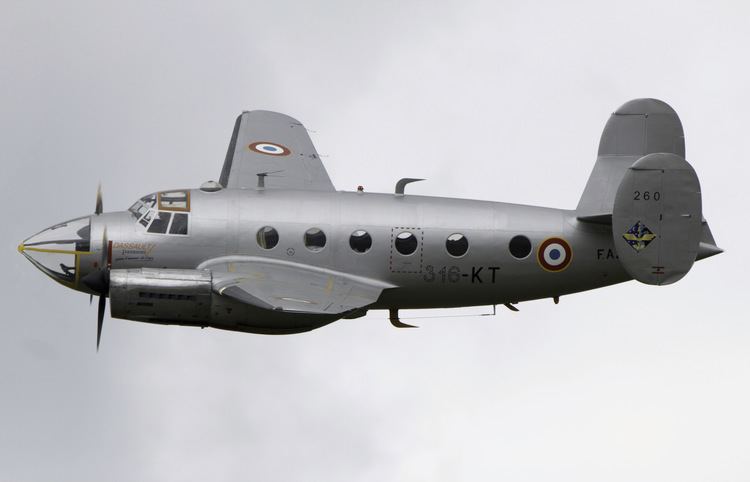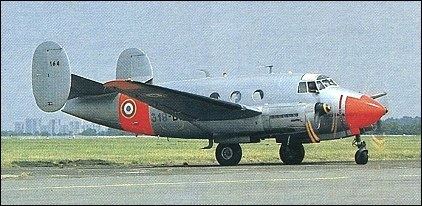Top speed 300 km/h Length 12 m Retired 1981 | Wingspan 21 m Introduced 1948 First flight July 6, 1947 | |
 | ||
Dassault md 315 flamant flying at paris air show le bourget 2009
The Dassault MD 315 Flamant is a French light twin-engined transport airplane built shortly after World War II by Dassault Aviation for the French Air Force.
Contents
- Dassault md 315 flamant flying at paris air show le bourget 2009
- Design and development
- Operational history
- Variants
- Operators
- Specifications MD 315
- References

Design and development

Design work on a twin-engined light transport started in 1946 with the MD 303, a development of an earlier project for an eight-seat communications aircraft, the Marcel Bloch MB-30. The prototype MD 303 first flew on 26 February 1947 powered by two Béarn 6D engines, designed to meet a French Air Force requirement for a colonial communications aircraft. A re-engined version was ordered into production at the new Dassault factory at Bordeaux-Mérignac. The production aircraft was a low-wing monoplane with twin tail surfaces and a tricycle undercarriage, powered by two Renault 12S piston engines.

Three main versions of the aircraft now named Flamant (Flamingo in French) were produced. The MD 315 ten-seat colonial communication aircraft (first flown on 6 July 1947), the MD 312 six-seat transport aircraft (first flown on 27 April 1950), and the MD 311 navigation trainer (first flown on 23 March 1948). The MD 311 had a distinctive glazed nose for its role as both a bombing and navigation trainer.
Operational history

The first Flamant was delivered to the French Air Force in 1949 and deliveries of all versions were completed by 1953

The aircraft was used for pilot training, navigation training, light transport, maritime surveillance and light ground attack. During the Algerian War of Independence the plane was used for light attack with the Nord SS.11 and AS.11 antitank missiles or with machine guns, bombs, and rockets. The Flamant MD 311s (which were based in Algeria to train pilots and navigators at first) were the first aircraft in history to fire one of the world's first wire-guided antitank missiles in anger, using French Army SS.11 antitank missiles, in a combat experiment to get at fortified caves located in deep mountain gorges, in 1956 from an aircraft based with the special unit of the French Air Force in Algeria, GOM.86. The SS.11 attacks proved extremely successful and the French Army which had provided the missiles, began an experiment which resulted in the world's first attack helicopters firing antitank missiles. The Flamant stayed in service until 1981. In addition to the French air force, the Flamant served in Cambodia, Madagascar, Tunisia, and Vietnam.
Variants

Operators
Specifications (MD 315)
Data from Jane's All The World's Aircraft 1953–54
General characteristics
Performance
